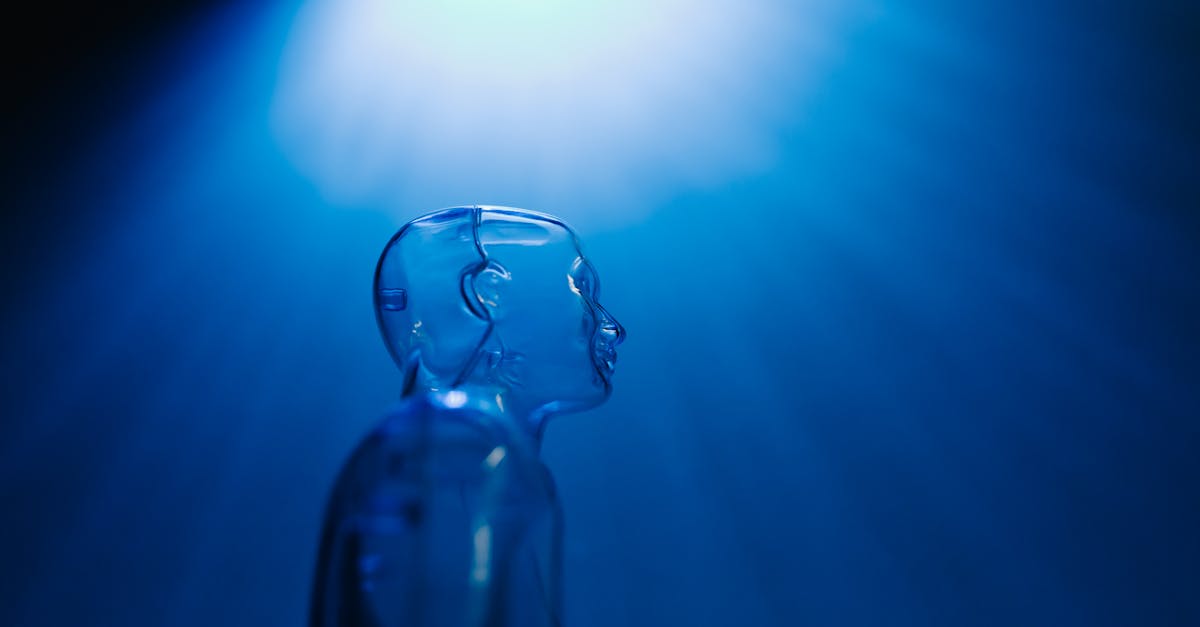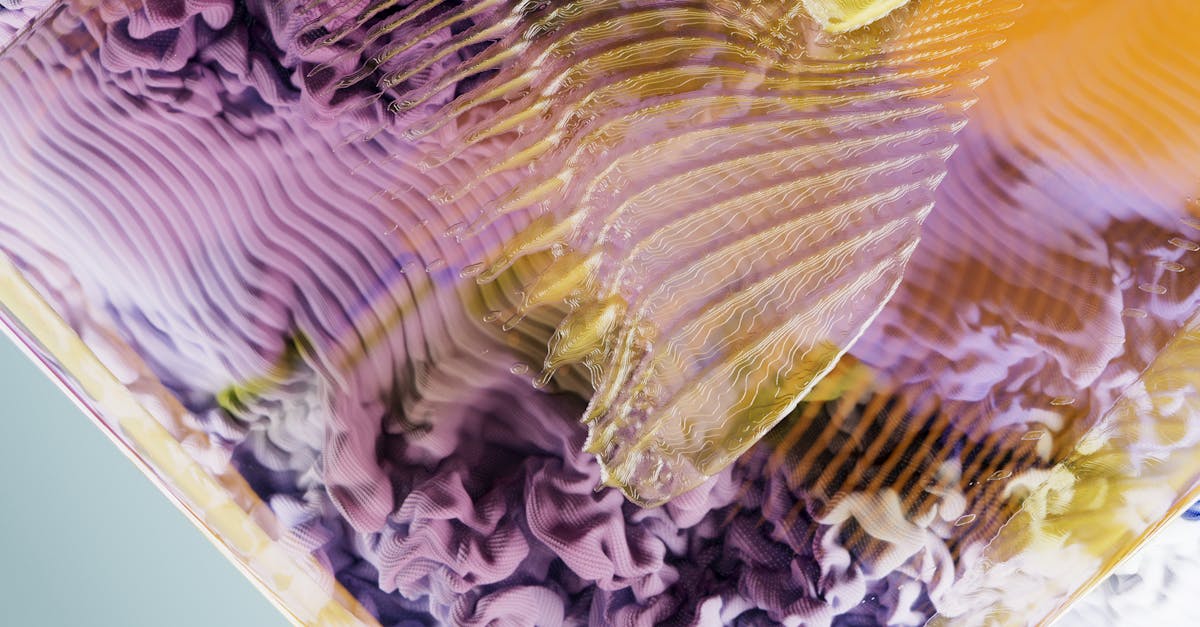AI Image Generators 2025: Revolutionizing Creativity and Technology
Introduction to AI Image Generators 2025
In 2025, AI image generators are revolutionizing the way we create and interact with visual content, blending art and technology seamlessly. This cutting-edge technology allows machines to generate realistic or abstract images based on textual descriptions, pushing the boundaries of creativity to new heights. From photorealistic landscapes to imaginative artworks, AI image generators are redefining artistic possibilities. These tools employ advanced machine learning models, such as Generative Adversarial Networks (GANs), to produce unparalleled visual outputs. Such technology is not only transforming the art world but also delivering crucial benefits across various sectors, ranging from marketing to healthcare. As AI image generators continue to evolve, the implications for creativity, efficiency, and innovation are profound.
Advertisement
The Science Behind AI Image Generation
AI image generators rely on sophisticated algorithms and deep learning models to synthesize images. Generative Adversarial Networks (GANs) are at the core of this process, comprising two neural networks—a generator and a discriminator. The generator creates images while the discriminator assesses their authenticity, improving the generated images over time. This iterative process is reminiscent of an artistic tug-of-war, enhancing the quality and realism of outputs. Text-to-image synthesis, another frontier in AI image generation, has seen remarkable advancements. These models process textual inputs to form accurate and contextually relevant visual representations. As the science behind AI image generation matures, its potential applications continue to expand across diverse field
Advertisement
Applications in the Creative Arts
Artists and designers are at the forefront of harnessing AI image generators, leveraging them to break away from conventional boundaries. These tools enable creators to experiment with infinite design permutations, creating novel artworks that push the limits of imagination. From fashion design to digital painting, the synergy of human creativity partnered with AI's computational power opens new artistic avenues. Film and animation industries are also capitalizing on these tools, allowing for rapid prototyping of scenes and concepts. While some purists debate the role of AI in creativity, others argue that these tools simply augment human inspiration, offering a fresh palette for the modern artist.
Advertisement
Revolutionizing Marketing and Advertising
AI image generators have become essential in the marketing and advertising sectors. Brands can now develop distinct, customized visuals tailored to specific audiences with unmatched efficiency. Personalized content curation empowers companies to better engage consumers, boosting interaction and brand loyalty. Additionally, AI-generated imagery is driving micro-targeted ad campaigns, ensuring the right visuals connect with the intended demographic. The rapid iteration cycle made possible by these tools grants marketers the agility required to adapt to ever-changing consumer preferences. As AI technology advances, its role in crafting compelling marketing narratives only becomes more integral.
Advertisement
Transforming Healthcare with AI Imagery
In healthcare, AI image generators are making significant strides by assisting in training and diagnostic applications. Medical professionals are utilizing AI-generated images for virtual simulations and educational tools, ensuring thorough and consistent training outcomes. Moreover, these technologies aid in rendering detailed medical imagery for diagnostics and treatment planning, bolstering precision in healthcare delivery. From reconstructing missing data in diagnostic scans to enhancing the understanding of complex biological processes, the impact is transformative. As the demand for innovative healthcare solutions rises, AI image generators represent an exciting frontier in patient care and medical training.
Advertisement
Ethical Considerations and Challenges
While the benefits of AI image generators are myriad, ethical considerations must be addressed. Concerns over authenticity and image misuse are paramount as these tools can create hyper-realistic portrayals that blur the line between reality and manipulation. Issues surrounding copyright in AI-generated art spark debates about ownership and creators' rights. Transparency and regulation are necessary to mitigate potential misuse and ensure ethical applications of the technology. Establishing guidelines around usage will help steer the evolution of AI image generators towards ethical paths, maintaining societal trust and innovation in harmony.
Advertisement
AI Image Generators in the Tech Industry
The tech industry is leveraging AI image generators to enhance user experiences and product development. Video game designers use them to automatically generate complex textures and landscapes, saving immense time during development cycles. For augmented and virtual reality applications, they create photorealistic environments, heightening user immersion and realism. Furthermore, IT firms incorporate AI-generated visuals into AI-driven software solutions, streamlining development processes and enhancing user interfaces. As tech advancements continue to accelerate, AI image generators will be pivotal in shaping the landscape of digital interactions and product innovation.
Advertisement
AI Innovations on the Horizon
Looking ahead, the future of AI image generators seems boundless with continuous advancements in machine learning. Improved models with enhanced creativity promise more accurate and varied outputs. Collaborative AI systems that can interact and learn from human feedback are expected to become instrumental in co-creating personalized experiences. Incorporating physics engines to simulate realistic interactions within generated images will further expand their applicability in scientific research. As the gap between artificial intelligence and creativity narrows, the emergence of new, groundbreaking tools in both individual and collaborative spaces is inevitable.
Advertisement
A New Canvas: The Integration of AI in Other Industries
As AI image generators become more pervasive, their integration into other industries is heralding a new industrial era. Real estate developers use AI to create realistic architectural designs, enhancing client presentations and decision-making processes. For automotive, AI-generated imagery aids in designing and visualizing new models before production, improving innovation speed. In education, AI imagery enhances learning materials, providing students with vivid and illustrative content. Ultimately, these technologies facilitate diverse industries' transformation by merging the creative and practical benefits of AI, paving the way for unprecedented growth.

Tara Winstead/Pexels
Advertisement
Summarizing the Impact of AI Image Generators
AI image generators in 2025 are redefining creative processes and industrial practices across the globe. Their application spans from art and marketing to healthcare and technology, each benefiting uniquely. Despite challenges, such as ethical concerns, mechanisms for ensuring responsible use are surfacing, promising a balanced impact. As technology advances, these dynamic generators continue to offer novel solutions and opportunities. The future of AI image generators holds promises of innovation, unlocking extraordinary potential across diverse fields, shaping a future where technology and creativity coexist harmoniously.
Advertisement
